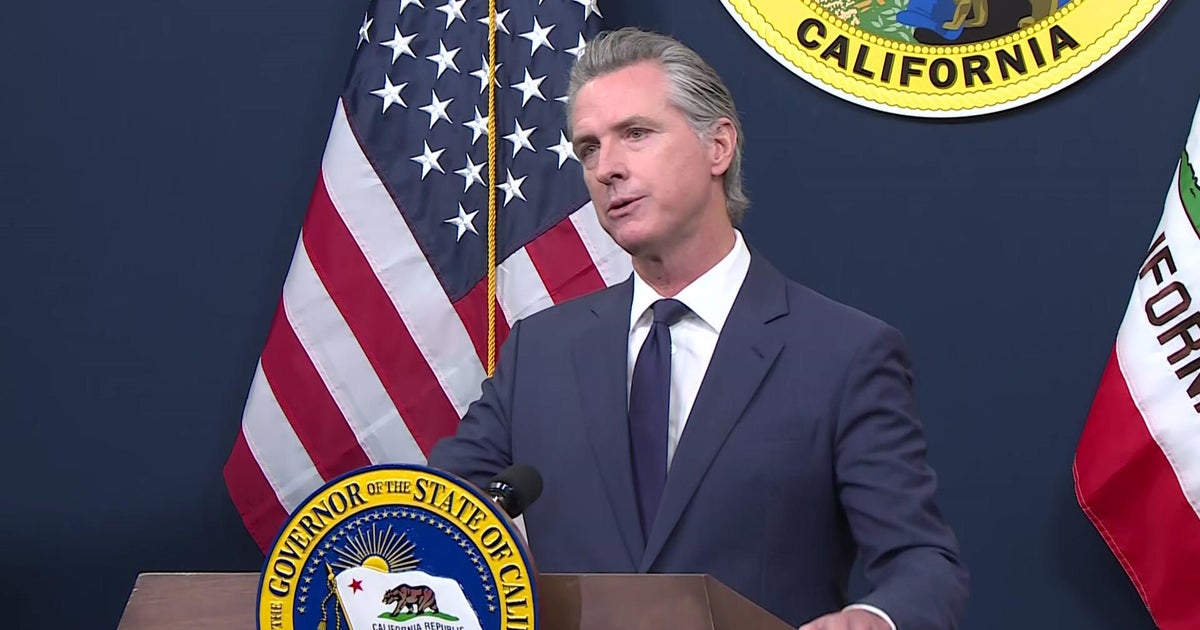 A HELOC offers homeowners one of the cheapest ways to borrow money right now.
Getty Images/iStockphoto
A HELOC offers homeowners one of the cheapest ways to borrow money right now.
Getty Images/iStockphoto
Your home equity could be a powerful financing source if used correctly. After years and perhaps decades of paying down your mortgage balance, the equity accumulated in the home can be used in a variety of ways. Either with a home equity loan, a cash-out refinance or even a reverse mortgage for older homeowners, this equity can be the difference between paying for large expenses at a cost-effective rate or reverting to high-rate options like credit cards and personal loans instead.
One home equity borrowing product that appears especially attractive for homeowners in today's economic climate is a home equity line of credit (HELOC). With an average rate of 7.99% now, not only is a HELOC your cheapest home equity borrowing option right now, but it's also one of the cheaper ways to borrow money overall, with an average interest rate many percentage points lower than what's available with personal loans or credit cards.
Still, with your home serving as collateral in these exchanges, you'll want to ensure that turning to a HELOC makes financial sense right now. One way to determine this is by looking at a few applicable signs. Below, we'll break down three signs that a HELOC could make sense for you right now.
Start by seeing how low of a HELOC interest rate you'd be eligible for here.
3 signs a HELOC makes sense right nowHere are three important signs supporting the use of a HELOC right now:
Inflation is decliningInflation has dropped a long way from the 9.1% it was coming in at in June 2022. Now at just 2.3%, inflation has dropped in February, March and April and is closing in on the Federal Reserve's target 2% goal. When that happens, rate cuts could be in play. But lenders may start reducing their rate offers in anticipation of that increasingly likely formality, especially after this week's inflation reading showed a third consecutive monthly decline. And this is a good sign for both existing HELOC borrowers and prospective ones, as the line of credit comes with a variable rate subject to adjust monthly. So rates (and payments) here could soon become more affordable than they already are.
Compare current HELOC rates and offers now.
Interest rate cuts look likelyThe Fed has kept the federal funds rate frozen this year after issuing three cuts in a row in the final months of 2024. But that freeze could soon thaw, perhaps in the weeks to come, thanks to encouraging economic data points. According to the CME Group's FedWatch tool, there's around an 8% likelihood that rates will be cut in June when the Fed meets again but that prediction surges to 33% in July. And other economic news, like the next unemployment report or inflation reading for May, could increase that likelihood, as well. In other words, when rate hikes look likely, it may be a sign to stay away from variable-rate products like HELOCs. In the opposite circumstances, like now, however, it's a sign that they're more favorable for borrowers.
Home equity levels are elevatedA report released in March showed the average home equity amount sitting at $313,000. While that's down from the $327,000 in 2024, it still represents a substantial, six-figure sum of money to utilize. And, depending on the region of the country you live in now, there's a good chance that home prices will rise where you are, meaning that you'll have even more equity to utilize in the future. Even with the average home equity lender mandating that borrowers keep a healthy 20% equity buffer in the home, there's still plenty of money to utilize right now. And you can do so, with a HELOC, with a rate lower than many alternatives.
The bottom lineWith inflation declining, the likelihood of interest rate cuts rising and home equity levels elevated in many parts of the country, multiple signs are pointing toward the benefit of using a HELOC now. Just remember not to overborrow, either. With your home serving as collateral and the risk of losing it to the lender if you're unable to repay all you've borrowed, it's critical to calculate your potential payments before acting. When you do, just make sure to do so against a variety of interest rate scenarios to ensure both short - and long-term affordability.
Learn more about your HELOC options here.
Matt Richardson





